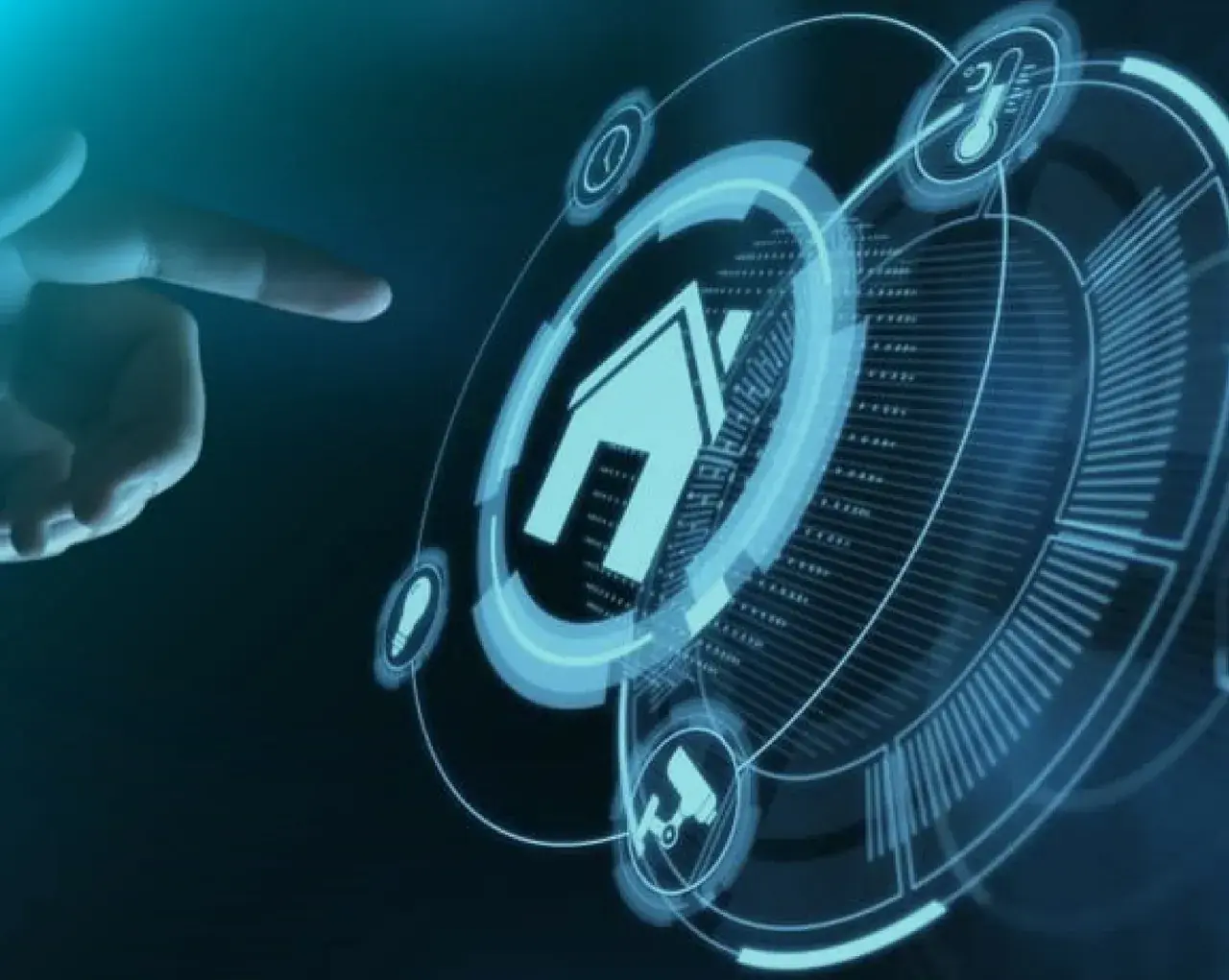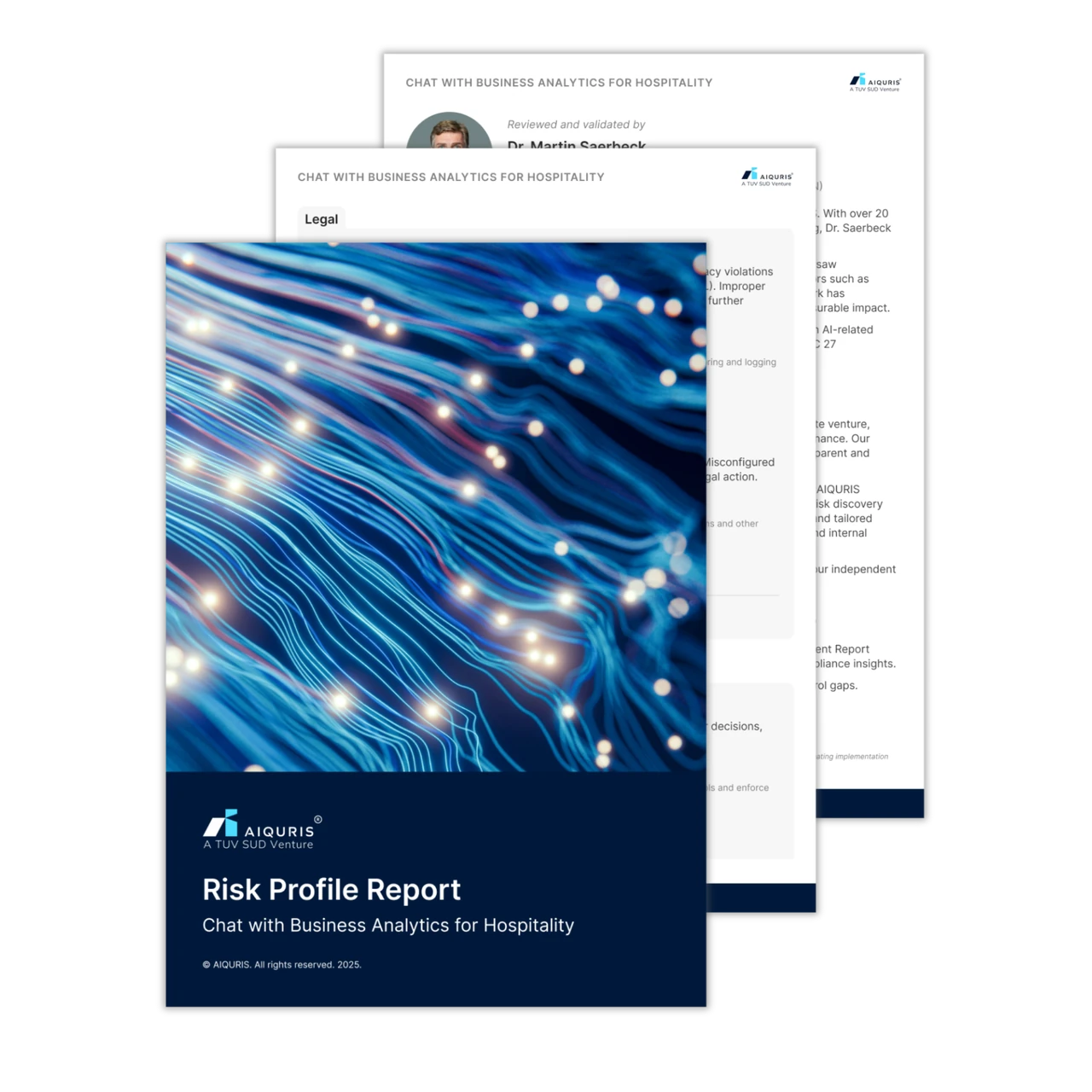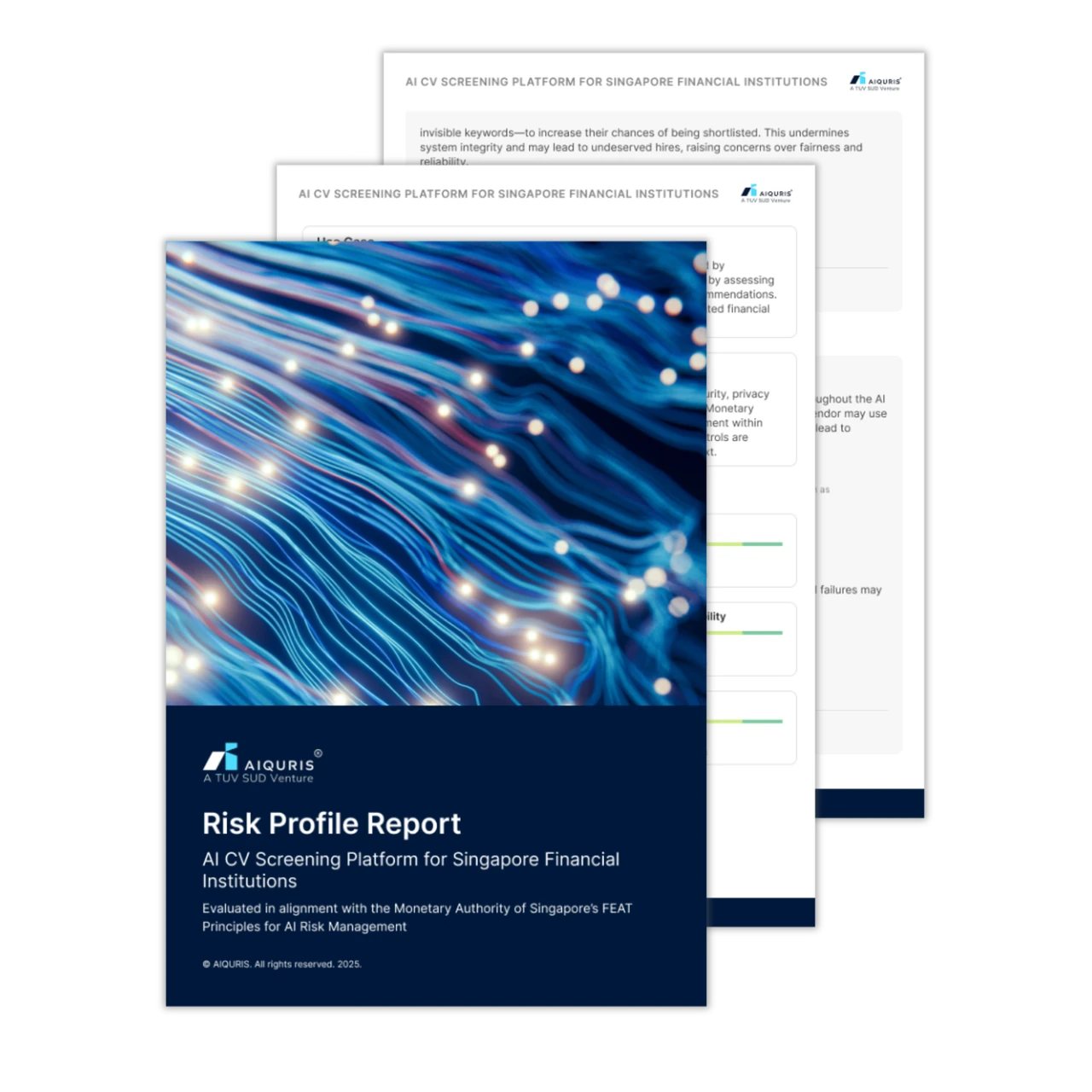The emergence of AI-powered smart homes is revolutionising how we interact with our living spaces, but security risks are growing. In recent years, breaches such as the hacking of Ring cameras, where attackers gained access to home surveillance systems, have highlighted the vulnerabilities of connected devices1. As companies develop AI-driven solutions, they must prioritise robust cybersecurity and compliance strategies.
AI in Smart Homes: Transforming Everyday Life
Artificial Intelligence (AI) is at the heart of modern smart home technologies. Devices like smart speakers, thermostats, and security systems leverage AI to automate tasks and enhance user experience. Nearly half of millennials have adopted smart home technologies, drawn by AI-powered convenience2. Voice commands and mobile applications allow seamless control of their living environment. However, security vulnerabilities persist.
For instance, AI-powered facial recognition in home security has exhibited biases, sometimes failing to correctly identify individuals with darker skin tones3. This raises ethical concerns and security risks. Misidentifications could let unauthorised people in or cause false alarms. Also, breaches like the hacking of Ring cameras show that smart home devices can be targeted by cybercriminals.
Local Data Processing and Edge Computing: A Secure Solution
A major breakthrough in AI security is local data processing through edge computing. This method reduces dependence on cloud services, which are prone to breaches. AI-powered security cameras that process video locally keep sensitive footage secure, lowering privacy risks4.
Tech companies developing AI-driven smart home solutions must ensure compliance with global security standards like ISO/IEC 27001 for cybersecurity. AIQURIS enables companies to align AI applications with security frameworks by providing risk profiling, compliance automation, and governance insights.
AI-Driven Cybersecurity Technologies for Smart Homes
Several cutting-edge AI-driven cybersecurity technologies are increasingly vital for securing smart homes:
| Technology | Explanation | Example |
|---|---|---|
| Machine Learning Algorithms | Detects anomalies in network traffic to flag suspicious login attempts and device behaviors. | Network Detection and Response (NDR) uses AI to analyse traffic and identify threats in real-time, improving cybersecurity response times5. |
| Facial Recognition Systems | Identifies individuals for enhanced surveillance but has shown racial bias, misclassifying darker-skinned individuals. | Lorex's 2K Cam and Honeywell's Smart Home Security system are examples of home security cameras equipped with facial recognition capabilities. These systems can distinguish between known individuals and strangers, enhancing surveillance and access control6. |
| Real-Time Threat Detection | AI-driven monitoring analyzes large data volumes, identifying security threats before they escalate. | SimpliSafe’s Active Guard AI-enabled outdoor monitoring reduces response times by detecting and addressing threats in real-time7. |
Identifying Cybersecurity Risks in Smart Home Systems
To effectively safeguard smart home ecosystems, it is essential to adopt proactive cybersecurity strategies. Companies developing AI-driven smart home solutions must proactively integrate security best practices. Adopting compliance frameworks like ISO/IEC 27001 and ISO/SAE 21434 ensures comprehensive protection across connected devices.
AIQURIS dynamically generates AI compliance requirements from regulatory frameworks, industry standards, and risk profiles, reducing regulatory burdens for manufacturers and service providers.
Future Trends in AI and Smart Home Security
As the landscape of smart home technology evolves, several trends will shape its future:
-
Product Security Verified Mark: Initiatives like the CSA's new certification mark aim to create unified global standards for IoT device security8. Such certifications will help consumers make informed decisions when purchasing smart devices.
-
AI-Powered Predictive Analytics: Future AI solutions will likely use predictive analytics to foresee potential intrusions based on behavioural patterns, allowing preventative measures before incidents occur.9
-
Integration of Biometric Security: Biometric identifiers, like fingerprints and iris scans, could add enhanced security layers to smart locks and home monitoring systems.10
As AI-driven smart home security advances, ensuring transparency, ethical design, and compliance remains critical. AIQURIS provides organisations with AI risk profiling based on six key pillars—Safety, Security, Legal, Ethics, Performance, and Sustainability—offering a clear risk posture for AI deployments.
Conclusion
AI-powered smart homes offer benefits but also present security challenges. Addressing cybersecurity risks is vital for protecting consumer data and fostering trust in AI-driven technologies.
AIQURIS enables teams to scale AI responsibly by offering tailored AI governance maturity roadmaps, AI risk mitigation tracking, and compliance automation. Our AI risk and quality management platform offers AI risk profiling, continuous risk tracking, and governance maturity benchmarking to ensure smart home solutions align with security and compliance mandates before deployment.
Explore how AIQURIS can help your organisation deploy secure and ethical AI solutions for smart home applications.






